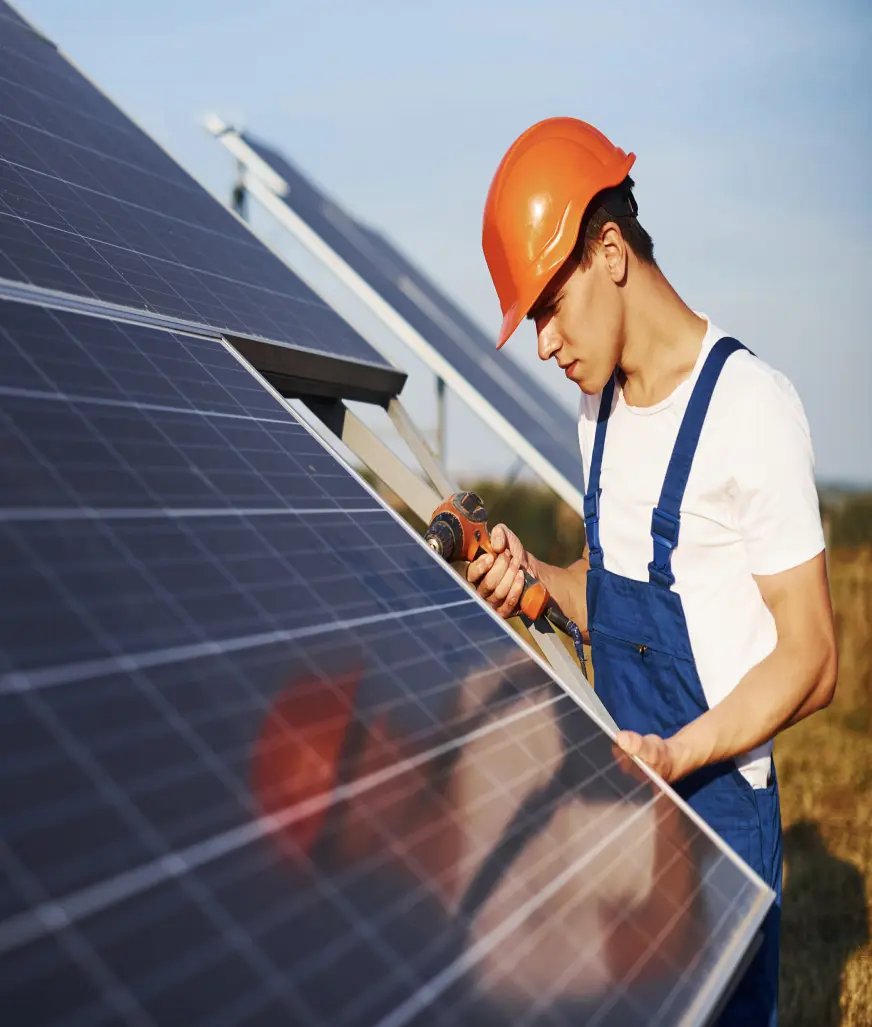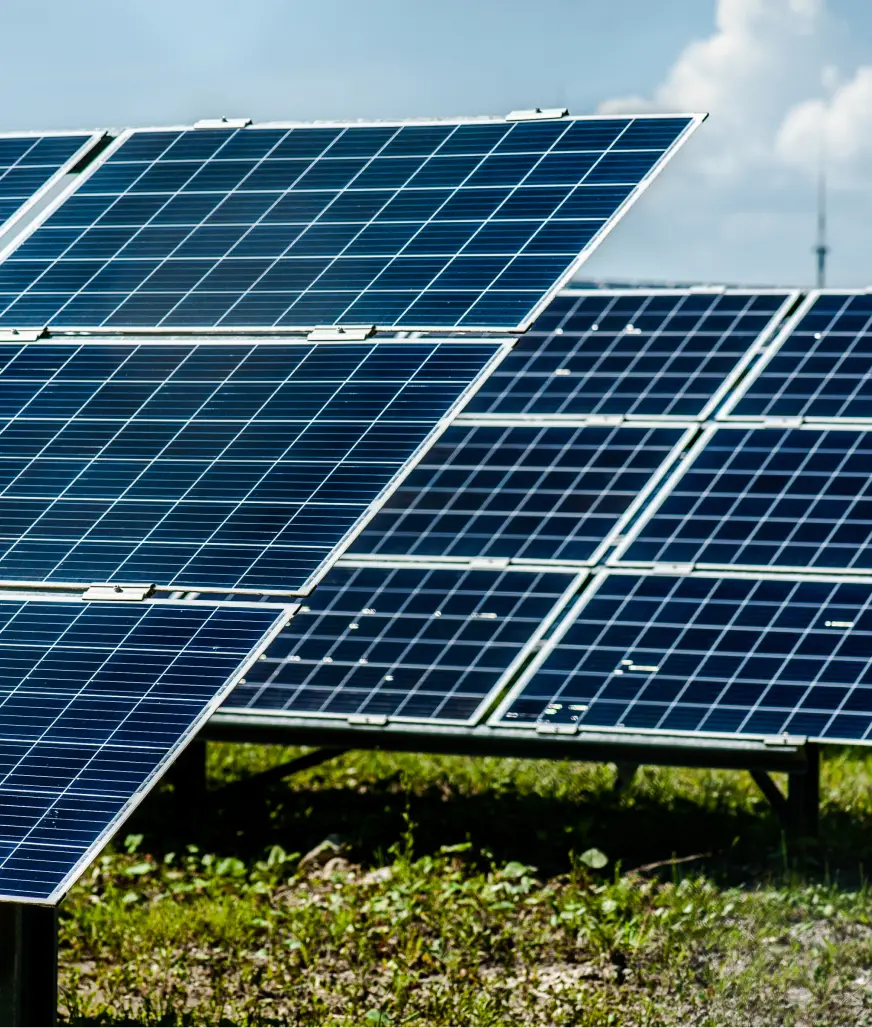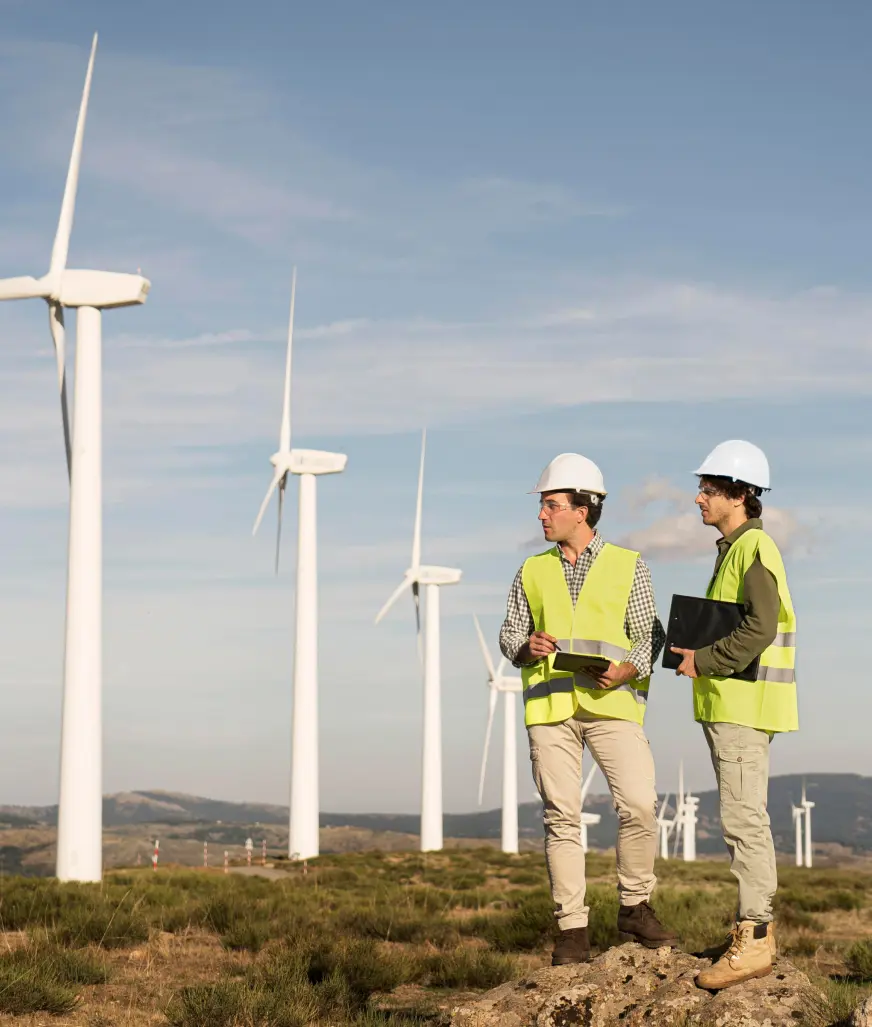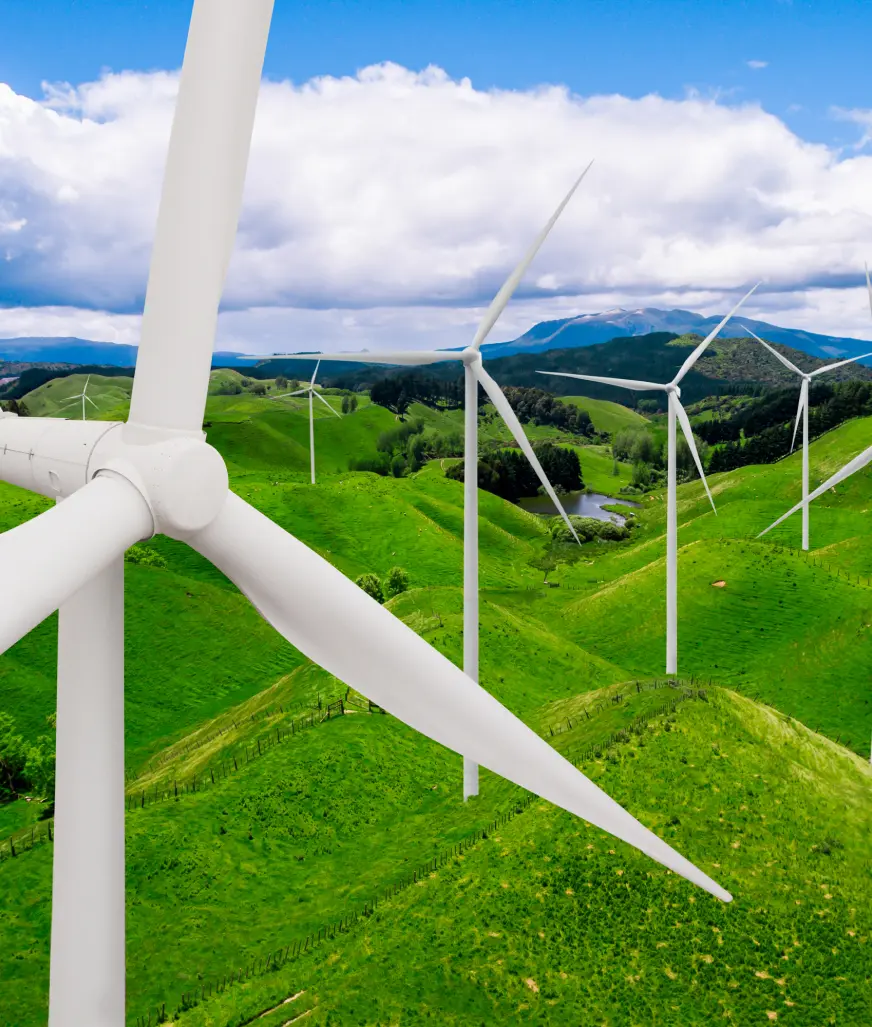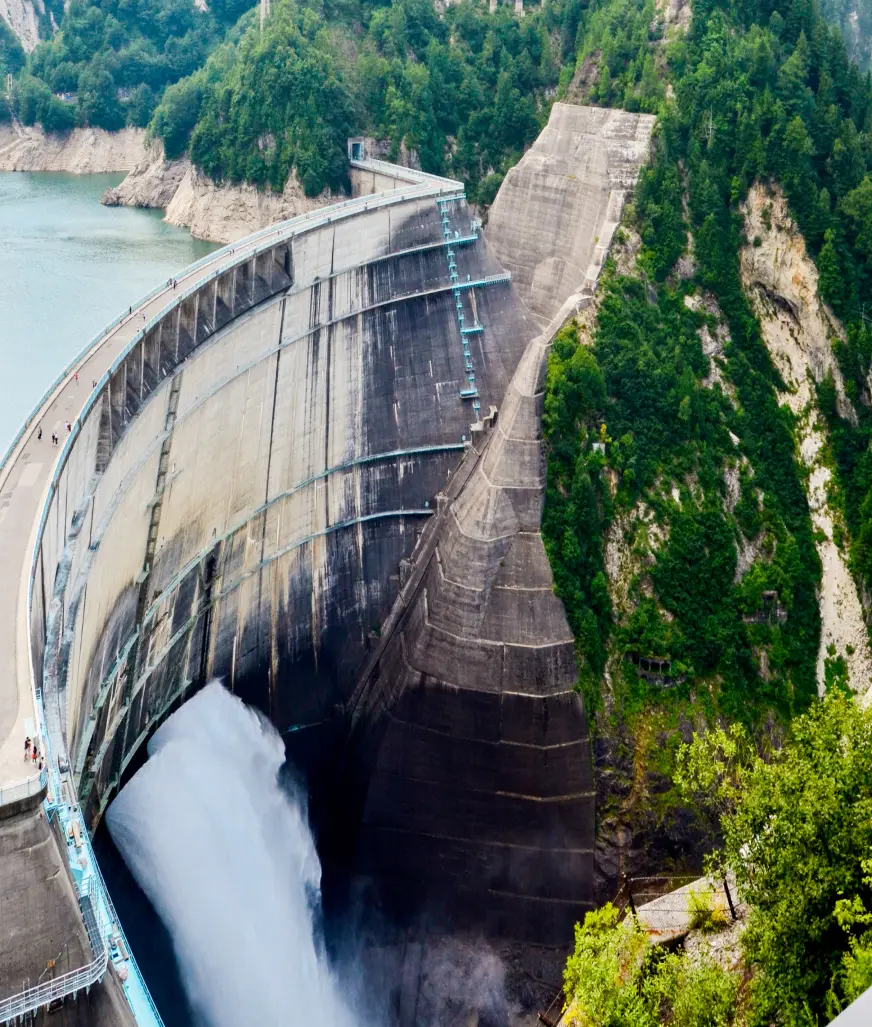
Solar greenhouses are advanced agricultural structures designed to harness solar energy to create optimal growing conditions for plants. These greenhouses not only use sunlight for photosynthesis but also integrate solar technologies to improve energy efficiency, temperature control, and sustainability. They are particularly beneficial for extending growing seasons, enhancing crop yields, and reducing energy consumption.
Solar Panels
Photovoltaic (PV) Panels: Installed on the roof or walls, PV panels convert sunlight into electricity, which can power heating, cooling, lighting, and other greenhouse systems.
Passive Solar Design
Utilizes the greenhouse's orientation, insulation, and thermal mass to maximize natural light and heat absorption during the day and reduce heat loss at night.
Automated Systems
Smart sensors and control systems optimize temperature, humidity, and lighting, ensuring ideal growing conditions and reducing manual intervention.
Extended Growing Seasons
Solar greenhouses can maintain favorable growing conditions year-round, allowing for continuous production of crops regardless of external weather conditions.
Solar greenhouses represent a forward-thinking approach to sustainable agriculture, offering numerous benefits in terms of energy efficiency, crop productivity. By integrating solar technologies and smart design principles, these greenhouses provide a resilient and eco-friendly solution for food production in various settings. As technology advances and awareness of sustainable practices grows.
